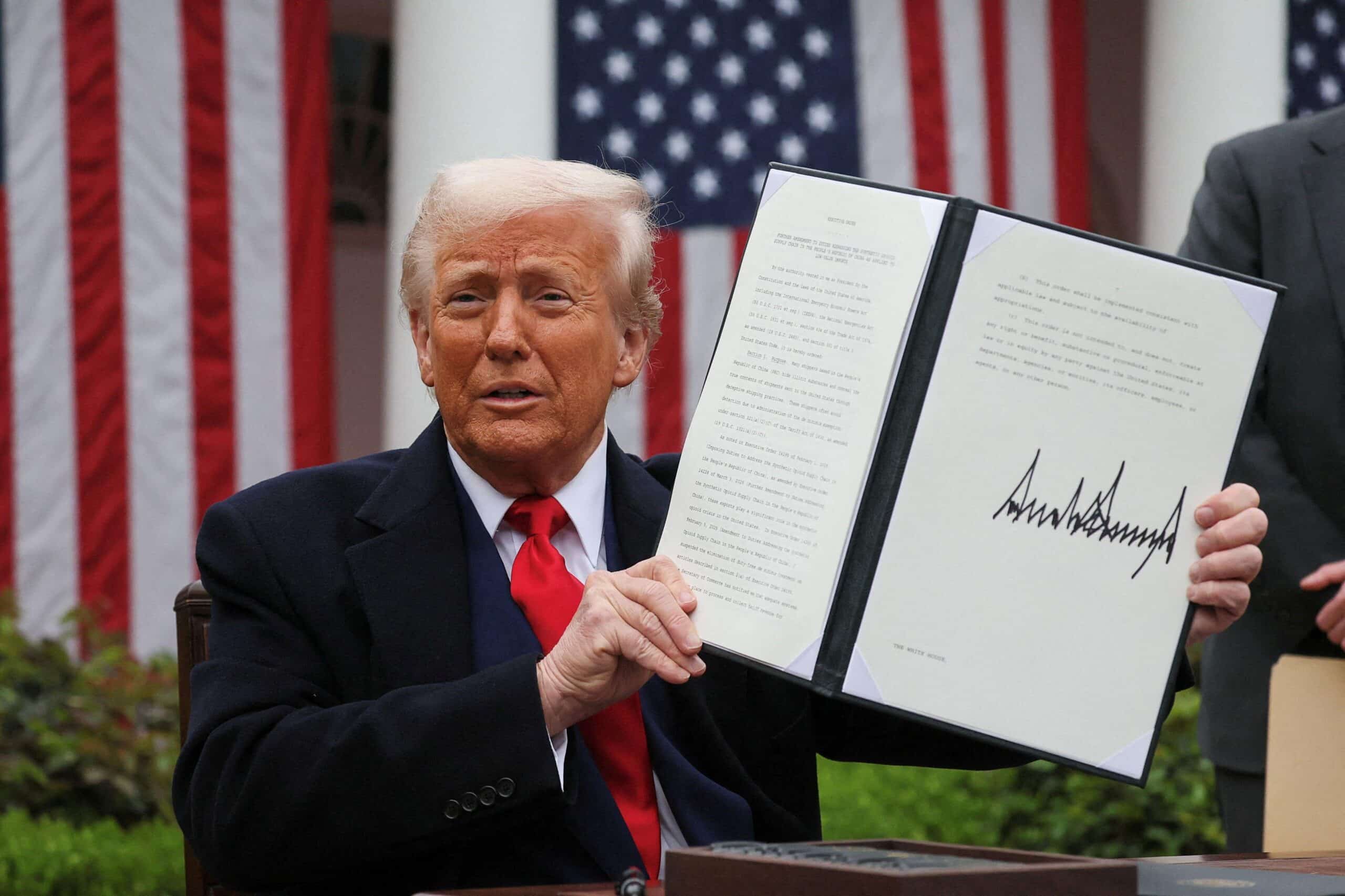Donald Trump Tariff Concerns: Latest Updates on the US Trade War and Its Impact on Companies

President Donald Trump has intensified his trade policy since resuming office, implementing a series of tariffs aimed at reshaping global trade dynamics to benefit the United States. The new tariffs, which affect a wide array of foreign goods, have led to significant market fluctuations and strained relationships with key allies. Notably, Canada and Brazil are facing steep tariffs, with Canada subjected to a 35% duty and Brazil facing a staggering 50% on all imports.
Tariffs on Canada and Brazil
In a recent announcement, President Trump declared that Canada would incur a 35% tariff on numerous goods, citing the country’s alleged facilitation of fentanyl trafficking into the United States. This decision follows a sweeping 50% tariff imposed on all imports from Brazil, which Trump attributed in part to the ongoing legal troubles of former Brazilian President Jair Bolsonaro, who is currently on trial for charges related to a failed coup attempt. Brazilian President Luiz Inácio Lula da Silva responded vehemently, asserting that Brazil “will not accept being abused by anyone,” signaling potential retaliatory measures against the U.S. tariffs.
New Tariffs and Trade Agreements
In addition to the tariffs on Canada and Brazil, Trump plans to impose a 50% tariff on all copper imports starting August 1, citing national security concerns. This decision is expected to increase costs for U.S. industries that rely heavily on copper, particularly in manufacturing and construction sectors. Furthermore, Trump has escalated trade tensions by sending tariff letters to over 20 countries, warning that higher import duties will take effect from August 1, 2025, unless new bilateral trade agreements are reached. This move continues his aggressive “reciprocal tariff” policy first introduced in April. So far, only two countries, the UK and Vietnam, have successfully negotiated agreements to lower tariffs on specific goods.
Impact on Various Industries
The tariffs are not limited to just a few countries; they encompass a wide range of sectors. In June, the U.S. doubled tariffs on foreign steel and aluminum to 50%, aiming to protect domestic industries from foreign competition. All cars assembled outside the U.S. and imported auto parts now face a 25% tariff. Analysts warn that these tariffs could lead to increased prices for consumers, particularly in the automotive sector. Additionally, Trump has closed the “de minimis” rule, which previously allowed retailers to ship goods from abroad without paying tariffs for packages valued under $800. This closure is expected to slow down cheap imports and may lead to higher prices for online shoppers.
Economic Implications and Consumer Reactions
Economists have raised concerns about the conflicting goals of Trump’s tariff strategy. While intended to boost U.S. manufacturing, the increased costs of imported materials like steel and semiconductors could hinder American producers by raising their production costs and disrupting supply chains. The burden of tariffs ultimately falls on American importers, who must pay the government for the duties, which can lead to higher prices for consumers. Companies like Walmart have already indicated that rising tariffs may result in price hikes for consumers. As businesses adjust to these new tariffs, the full impact on consumer prices may not be immediately apparent, but many experts believe that significant increases are likely as inventory runs out and companies adjust their pricing strategies.
Observer Voice is the one stop site for National, International news, Sports, Editor’s Choice, Art/culture contents, Quotes and much more. We also cover historical contents. Historical contents includes World History, Indian History, and what happened today. The website also covers Entertainment across the India and World.
Follow Us on Twitter, Instagram, Facebook, & LinkedIn

